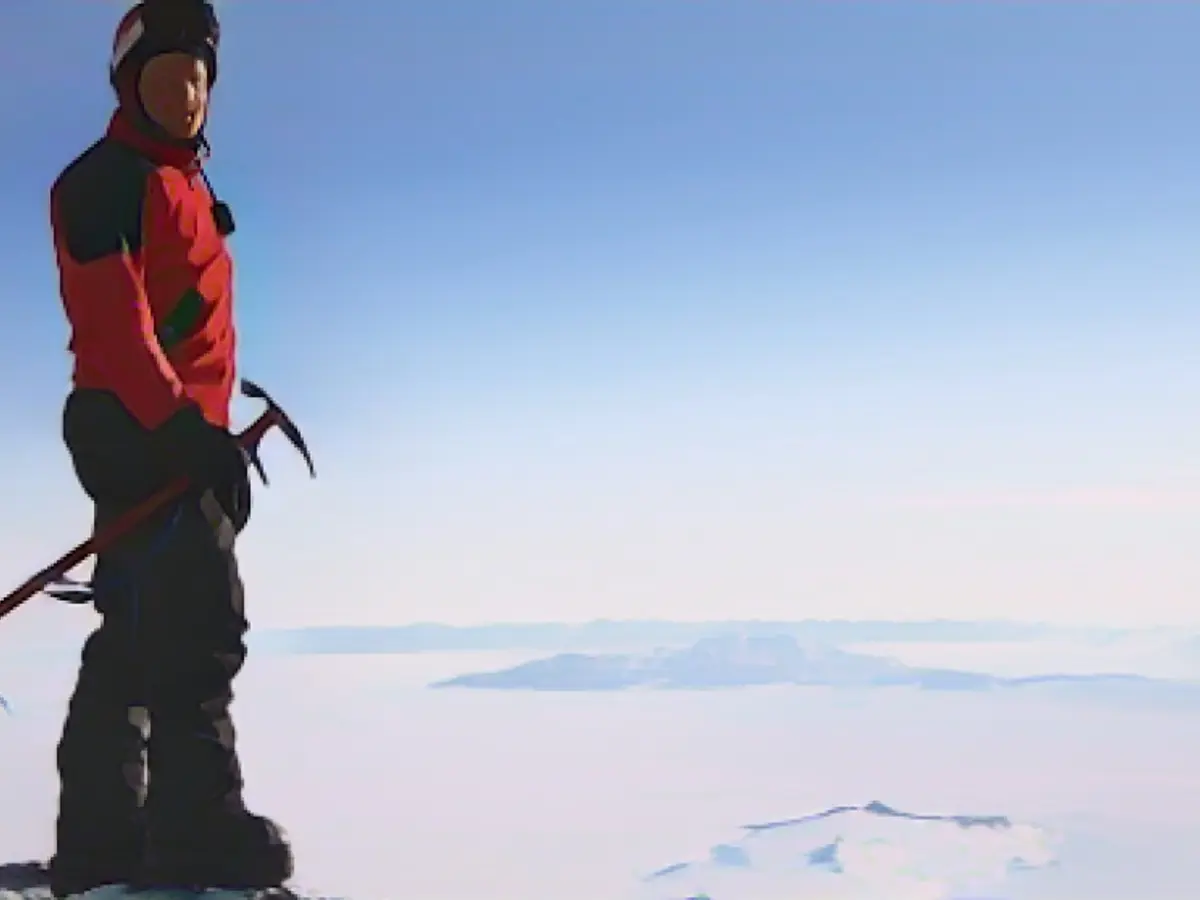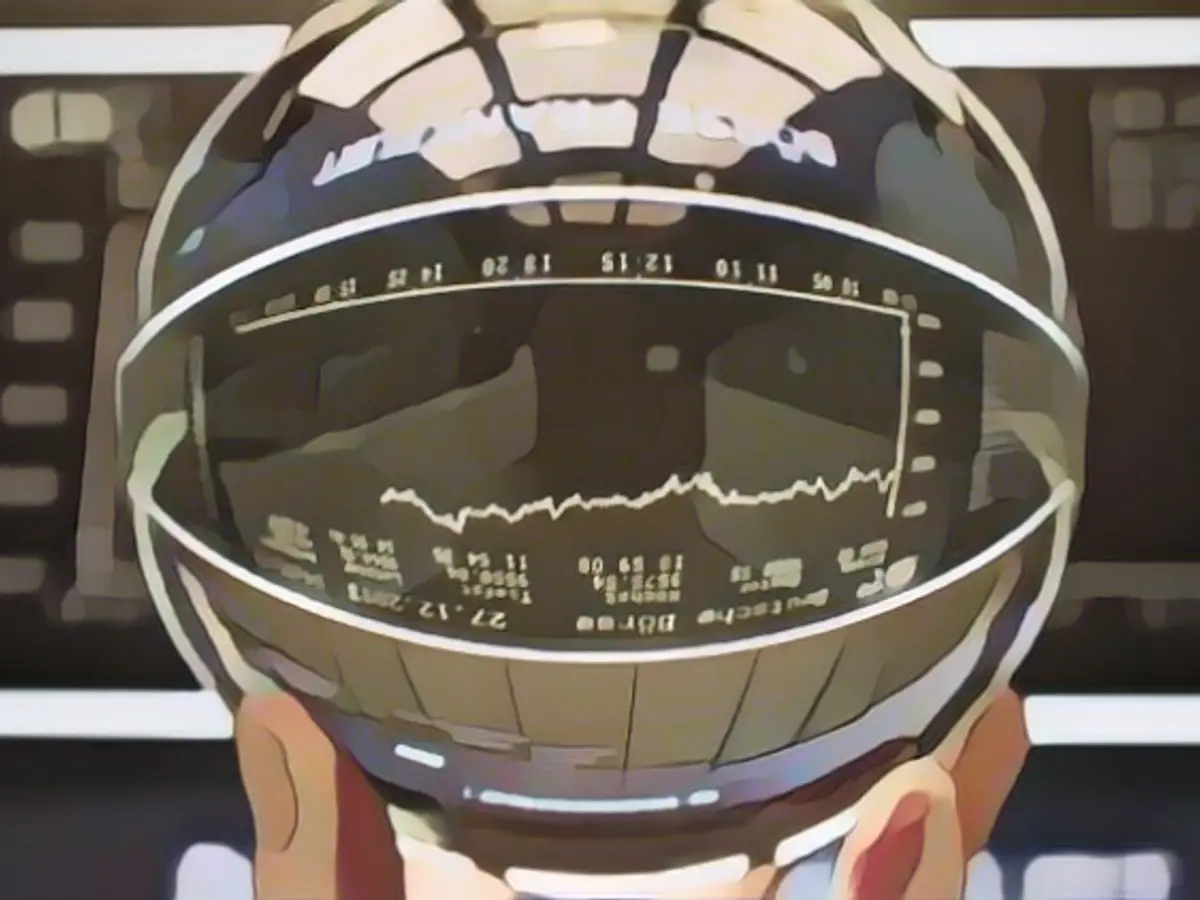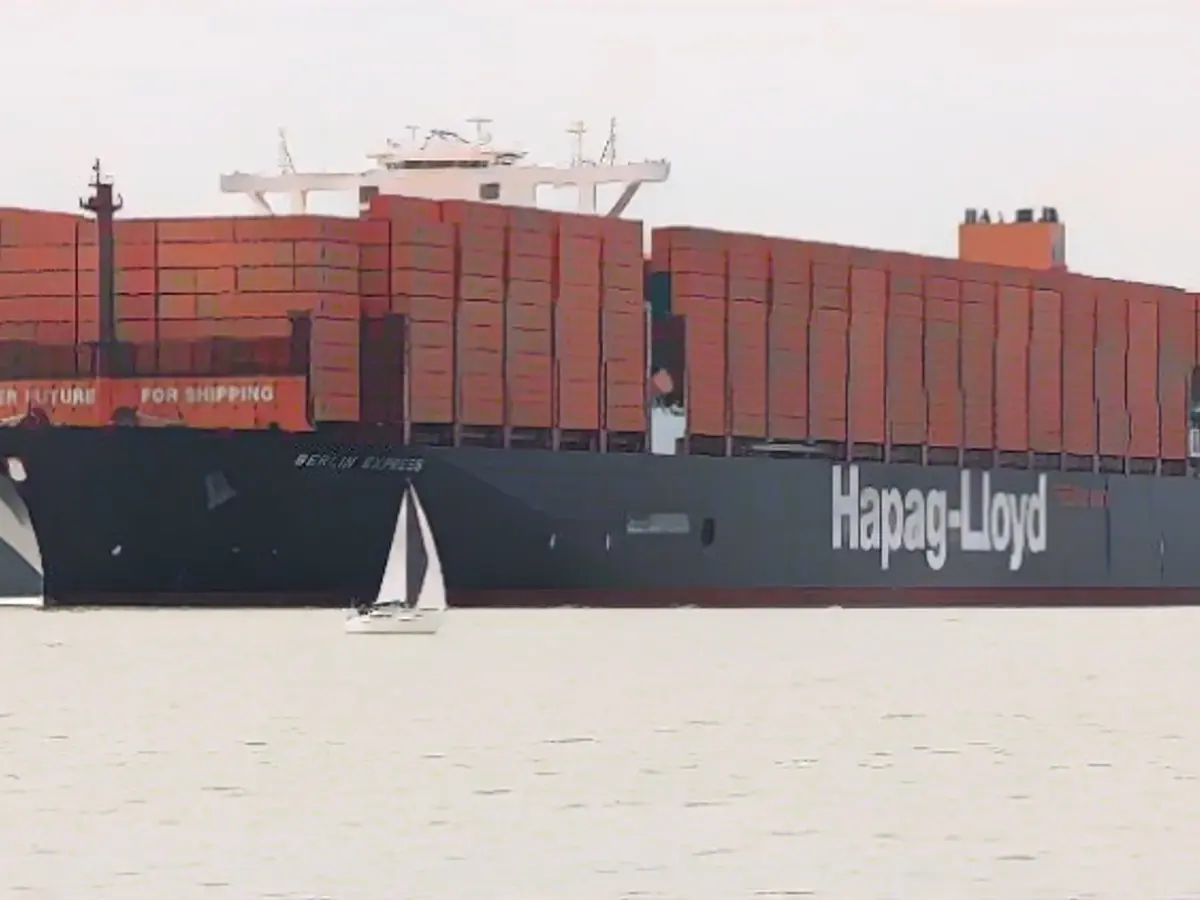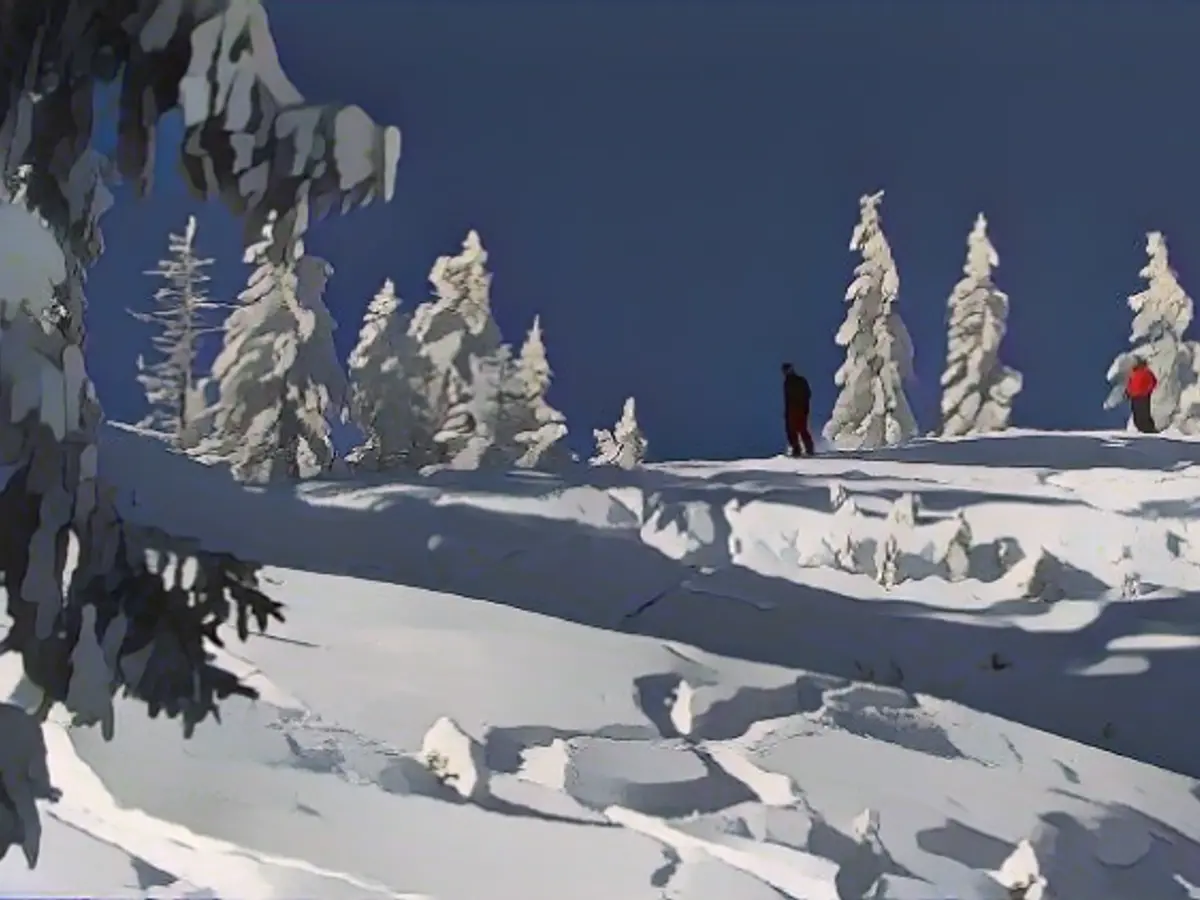Volcanoes: Thrilling Dangers and the Call for Better Monitoring
Volcanoes, with their awe-inspiring power and destructive capabilities, have enthralled mankind for centuries. They can bring devastation tiering in whole regions, but their destructive might also makes them an irresistible draw for curious minds. Alexander Gerst, a renowned volcanologist, reflects on this fascination, expressing his thoughts to BILD.
The Fascination of Volcanoes: An Irresistible Lure
As volcanoes go, the past year has been particularly eventful. Home to no fewer than 66 eruptions worldwide, this year's list includes Mount Etna in Sicily and Marapi in Sumatra, as well as a few others that sent chills down the spine of mankind.
Alex Gerst, a seasoned volcanologist, finds volcanoes intriguing because of their dynamism. Observe them, and you can literally see nature at work, teeming with energy and power. This is what makes volcanoes a fascinating topic to delve into, even at the peril of putting one's life on the line.
However, Gerst is quick to urge caution. "I've climbed volcanoes and watched them up close, but I always approach the task with caution. And I never intentionally put myself in mortal danger."
The Risks of Climbing Volcanoes
Beyond the thrill and exhilaration, volcanoes remain dangerous. Even a well-prepared volcanologist like Gerst understands this fact. While he encourages those with a genuine interest in volcanoes to research and explore them, he insists on adhering to safety guidelines.
"Always be prepared before climbing an active volcano, even if you're a volcanologist." advised Gerst. Adequate gear should be packed, including a gas mask and a functioning radio. Once you start climbing, remember to always follow safety procedures set by the relevant authorities.
Mount Erebus in Antarctica: A Total Contrast
One volcano that has piqued Gerst's interest is Mount Erebus in Antarctica. Standing at an elevation of more than 3700 meters, Mount Erebus is often considered by many as the southernmost active volcano in the world. Its most striking feature is a lava lake with temperatures reaching 1200 degrees—all nestled in the frozen wastelands of Antarctica.
Mount Erebus is a volcano that is unique for its freeze-thaw cycles, making the crater’s exploration an intriguing challenge. Gerst explains that the extreme contrast between the lava lake and the surrounding ice makes Mount Erebus an absolutely fascinating study, which can help researchers better understand volcanic behavior in European locales that are more difficult to observe.
The Impact of Volcanoes on Earth's Environment
While volcanoes have the ability to cause significant damage, García stresses that they also play a crucial role in Earth's ecosystem. Volcanic eruptions release gases and ash into the atmosphere, which can contribute to climate change and global warming. Conversely, their mineral-rich lava can create fertile soil and contribute to the formation of new landscapes.
Volcanoes in Space: A New Perspective
Armed with a keen interest in the mysteries of volcanoes, Gerst didn't let his experience as an astronaut on the International Space Station (ISS) go to waste. He often looked down upon our planet from the vastness of space, observing volcanic sites, capturing their majesty from a fresh, unique perspective.
Supervolcanoes and Asteroids: Mutual Threats
Volcanoes are far from humanity's only cause for concern. Supervolcanoes are another source that humanity must be wary of. These belong to a select group of volcanoes capable of generating catastrophic disruptions in the Earth's environment and potentially threatening the survival of species.
These destructive forces, however, don't end at the Earth's surface. Despite the popular belief that the closest we get to alien life is a stray asteroid, astronomers have identified a significant number of potentially dangerous asteroids in our vicinity. The aggressive collision of an asteroid with Earth could have serious implications for life on our planet, similar to the effects an eruption from a supervolcano.
The Importance of Monitoring Volcanoes
Given the dual threat from supervolcanoes and asteroids, Gerst emphasizes the importance of monitoring volcanoes meticulously. This means not only focusing on terrestrial volcanoes but also taking into account the role of space in potentially catastrophic events. Space agencies are already heeding his call, investing in advanced research and technology to better monitor and analyze these forces.
The new perspective offered by space monitoring systems allows researchers like Gerst to gain a deeper insight into the patterns and interconnectivity of volcanic activities. By continuously collecting and analyzing data on volcanoes, we are better equipped to predict eruptions and develop mitigation strategies to minimize their impact.
Meanwhile, back on Earth
While we wait for technology to help us better understand the threats we face, Gerst advises observing the safety rules already in place. This means adhering to regulations issued by local authorities and experts, being careful when engaging in volcanic exploration, and never taking unnecessary risks.
Volcanoes remain a mesmerizing subject to be explored, their beauty intertwined with the threat they pose—a challenge that scientists, researchers, and explorers alike find irresistible.
Enrichment Data
The enrichment data presented below offers additional insights into the subject of volcanoes—their threats and strategies for mitigation—providing historical context and useful information on the science involved.
Monitoring Supervolcanoes:
Extensive research and monitoring involve short and long-term data collection, with an emphasis on seismic activity, ground deformation, and gas emissions. Technologies such as space-based sensors and AI can enhance our capabilities to detect even minor changes. Furthermore, the collaboration of international space agencies is crucial for pooling data and expertise, ensuring fast and efficient responses to potential threats. First-hand research on past eruptions and studies of geological history contribute to a better understanding of supervolcano patterns and hazards.
Protecting Against Asteroids:
Effective asteroid mitigation strategies encompass advanced detection systems, international cooperation, enhanced observation, and focused deflection techniques. Machine learning and AI play a vital role in analyzing data, identifying potential threats, and refining trajectory predictions. Space agencies can foster global cooperation through information sharing, collaborative mission planning, and crisis management. Research on asteroid properties can help select the most suitable deflection strategies (kinetic impactors, ion beam deflection, laser ablation) based on their size, composition, and orbit.








